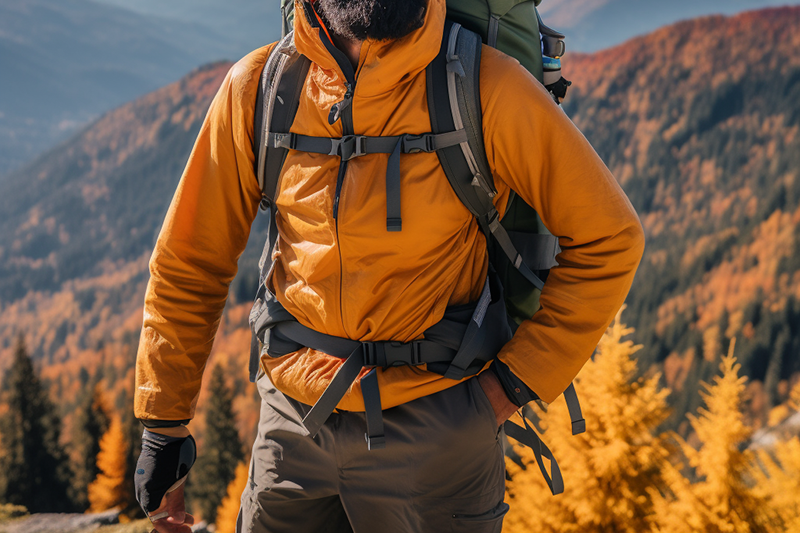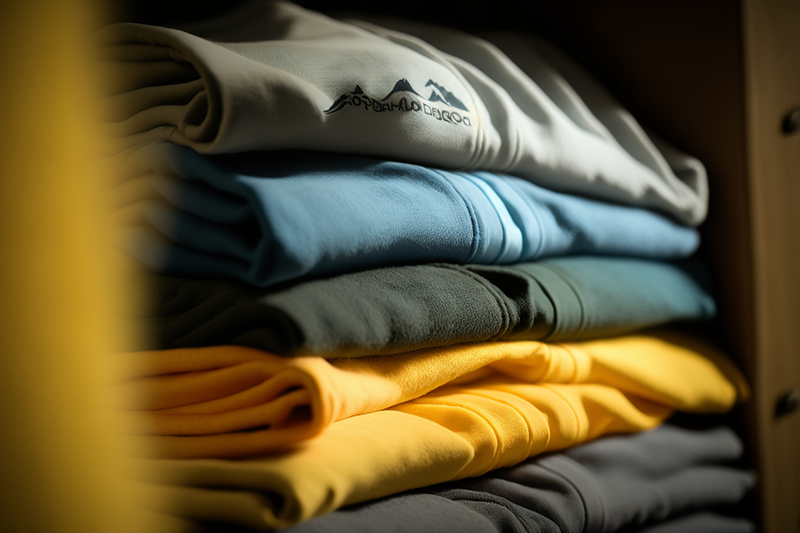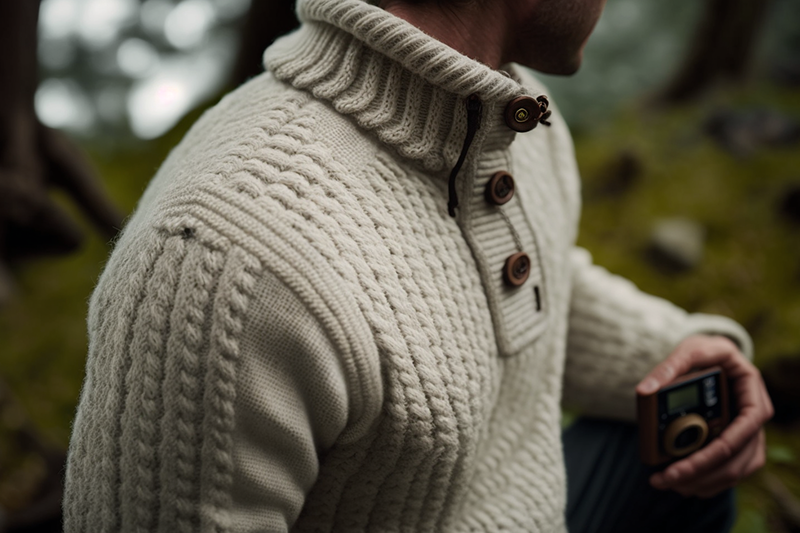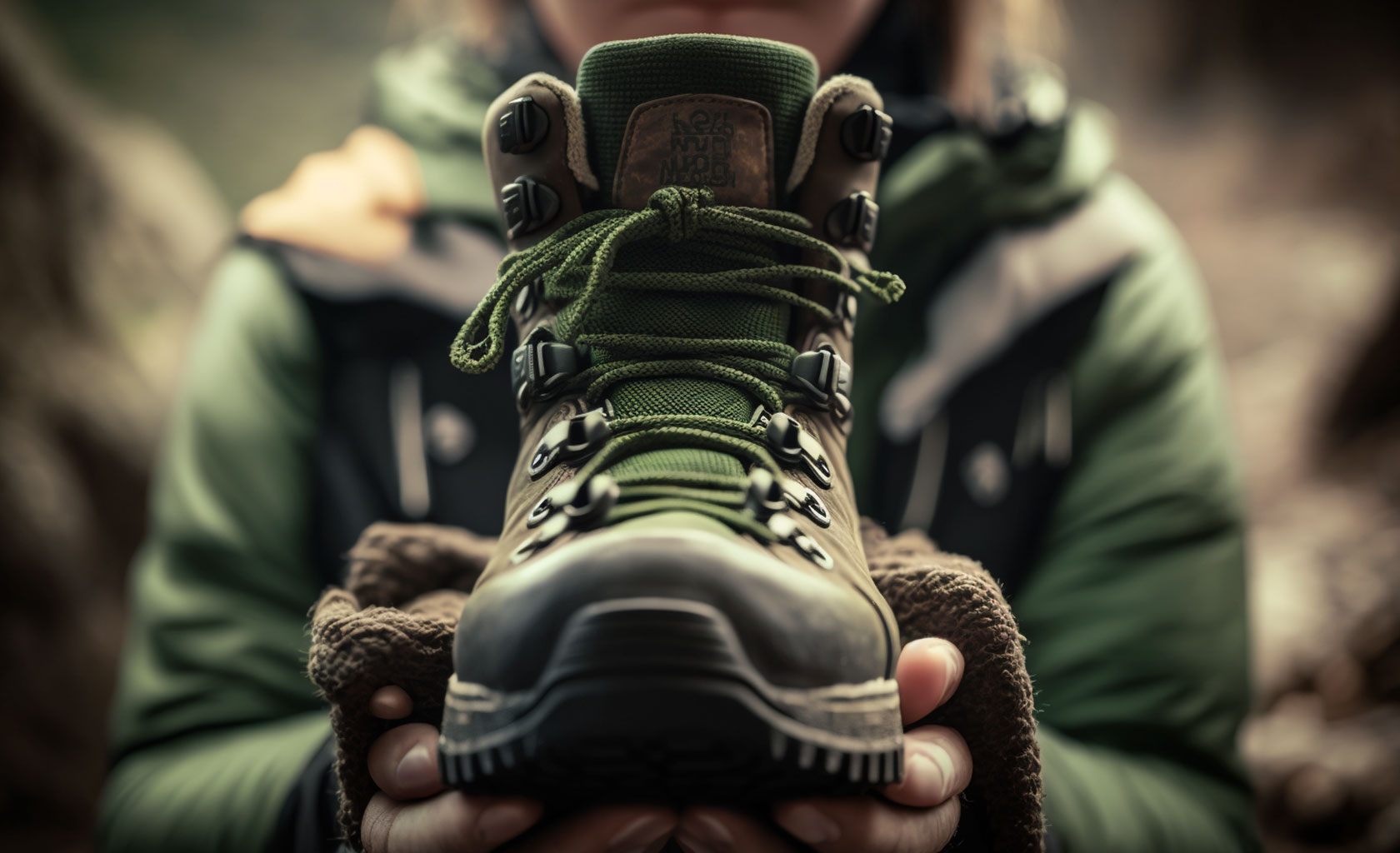WHAT TO WEAR HIKING - WHY IS THIS EVEN A QUESTION?
What to wear hiking is probably one of the most frequently asked hiking-related questions, particularly among those who have already spent some time either hiking or investigating the matter. How difficult it might be to decide what to wear? Well, it could. Because going for a hike is much different than a 1 hour gym or swimming pool session. The problem lies in the following simple facts:
- Hiking is an outdoor sport, done in nature.
- It is an all-seasons sport also, and
- Hikes last
So, basically, hikers have to dress so that they stay comfortable, dry and safe for more than a couple of hours under any weather conditions.
Add to this a rule that hikers should always prepare themselves for the worst-case scenario, and you begin to get a glimpse of how challenging it is to decide what to wear hiking. How to wear the clothes that are at one’s disposal is a totally different question. We will address both matters in this article.
HIKING CLOTHES – WHAT DO HIKERS DISPOSE OF
Hiking clothes are highly versatile – in terms of both, individual garments and materials these are made of.
Basic hiking garments include:
- Hiking pants: these imply various types of pants, including rain pants. For more details, read our review of the Best Hiking Pants for this year.
- Hiking shirts: with long or short sleeves. These also include tank tops or camisoles.
- Hiking jackets: mainly fleece jackets, down jackets and rain jackets.
- Long hiking underwear: tops and bottoms.
- Hiking socks: might sound awkward, but these indeed differ from other sports socks.
Materials are crucial in providing the most desired qualities of hiking clothes. Hiking clothes are mainly made of synthetics, with a low share of natural materials such as wool and cotton. To find out more about materials, their function, and resulting must-have qualities of hiking clothes, read our article Hiking Clothes Under a Microscope. We highly recommend reading this article before the actual shopping.
Anyhow, hikers also wear other clothes, such as gaiters, hats, gloves etc. However, in this context, these can be considered secondary, since they do not have a particular impact on layering as an underlying principle behind what to wear hiking and how.

LAYERING – HOW TO WEAR HIKING CLOTHES
If knowing what to wear hiking was a game, layering would be the highest level of it.
- Getting to know which hiking garments you need: Level 1
- Choosing the best of each individual garment: Level 2
- Knowing how to combine them adequately: Level 3
whereby combining has nothing to do with fashion, but rather, with function. Sounds like the game might require some solid strategy right?
WHAT DOES IT MEAN TO LAYER HIKING CLOTHES
Hiking clothes are worn in layers. One layer over another. This is a thumb rule in hiking.
To layer hiking clothes means to find the best possible combination of garments for a specific hike. This selection depends on two things:
- Weather
- Level of physical activity required to complete the hike.
Skeptics might argue that layers are all about simple logic, meaning that hikers will choose lighter and shorter clothes for warm days, and warmer and longer garments for winter hikes. Such an opinion would also imply that we do not need layering for summer hikes. Even more so, if a hiker is in good shape and does not expect to engage in a high level of physical activity. All this might be true, but only to some extent. For example, if the weather is considerably warm but rain and wind are probable, you may even choose to hike in shorts but you must bring with you a waterproof garment such as a light rain jacket unless you don’t mind walking soaking wet and getting sick.

WHY IS LAYERING IMPORTANT
There are several reasons why layering is important. The first and most significant one is that layering preserves your health. It basically saves you from your own biophysics. Let’s explain.
When you exercise, your body temperature increases. What happens next is best explained in an edition named Nutritional Needs in Hot Environments, Institute of Medicine (US) Committee on Military Nutrition Research, where it is stated quote: “Muscular exercise increases metabolism by 5 to 15 times the resting rate to provide energy for skeletal muscle contraction. Depending on the type of exercise, 70 to 100 percent of the metabolism is released as heat and needs to be dissipated in order to maintain body heat balance”.
This is to say that when we hike, our bodies produce large quantities of heat which has to be dealt with, to maintain body heat balance. Our bodies have two mechanisms to do so:
- Transferring the heat from the core to the skin, through blood
- Sweating
So, when you feel your armpits or back get wet, know that it is your nervous system jumpstarting somewhere between 2 and 4 million sweat glands with the main mission to cool your body i.e. to prevent you from overheating.
What does all this have to do with layering hiking clothes? Well, once an army of sweat glands turns down the fire and makes you all wet, something needs to take the moisture away from your body. That is what layers of hiking clothes do- they absorb the moisture and take it either to the environment or to the next layer, depending on the circumstances. If moisture wicking still does not strike you as particularly important, remember that wearing wet clothes in cold weather is what causes hypothermia i.e. death.

WHAT TO WEAR HIKING – 3 BASIC LAYERS OF HIKING CLOTHES
There are 3 basic layers of hiking clothes:
- Base layer
- Mid layer
- Shell layer
These 3 layers are worn on both, the upper and lower body, with minor exceptions we will detail below.
Base layer
Function: wicking moisture
Garments: short underwear, long underwear, t-shirts, long-sleeved shirt, camisoles, sports bras (for women)
Materials: polyester, merino wool
The base layer is the first layer of clothes you wear that is next to your skin. It can include above mentioned garments, even 2 of them at the same time (sports bra and a camisole, or short and long bottom underwear for example). You always wear a base layer. Whether you will wear a mid layer and a shell depends on the weather.
The main function of the base layer is to take the moisture of your body and take it either to the mid layer or simply out. Although we have already discussed the importance of moisture management, we still believe it cannot be emphasized enough. So, remember – when choosing what to wear hiking, think of how to stay dry.
For this particular reason, experienced hikers generally avoid wearing cotton garments as a base layer – it has enormous absorption power but its drying time is poor. Polyester and merino wool prevail in base layers (nylon and silk are also used). Polyester is comfortable, dries quickly, does not wear out easily and absorbs extremely low amounts of moisture. The problem with polyester is that it does not provide the best odor control, even after antimicrobial treatment. However, polyester is still most frequently used in the production of base layer clothing. Merino wool comes second. It is antimicrobial and at the same time the only material that can retain warmth even when wet.
Recommendations: Use polyester for one-day hikes in warm weather. If hikes last longer, take more than one base layer with you (odor control problem). Use wool base layer garments for colder weather hikes, irrespective of how long they take.

Mid layer
Function: thermal insulation
Garments: sweaters and jackets
Materials: fleece, wool, down, synthetic fill
The mid layer is the second layer of hiking clothes. Hikers wear it when the weather gets colder when it is necessary to think not only of moisture wicking but also about thermal insulation. Thermal insulation stands for the ability of a material to retain heat. Let’s translate this to hiking. When you sweat and the weather is cold, the base layer will take the moisture off but will not hold the heat. You need another layer of clothes to keep you warm. This is precisely what mid layer does. It takes the moisture from the base layer, transfers it out, but retains the heat. The two layers combined mean you will hike dry and warm.
Mid layer garments mainly include sweaters and jackets. There are also mid layers for bottoms, but not all hikers use them. This is because layering of hiking clothes is also about being able to quickly adapt to changing weather conditions i.e. to take the layers off and on easily. This doesn’t work with mid layer bottoms. Hiking pants generally do the job of both mid layer and shell, except when under heavy rain. As for materials for mid layer, manufacturers use fleece, wool, down and synthetic fill. Fleece offers good thermal insulation, absorbs less moisture and dries faster than wool. Wool absorbs more moisture and takes longer to dry, but it retains warmth even when wet. Down is highly breathable but flattens when wet i.e. becomes less capable of retaining warmth. Synthetic fill acts better than down when wet but lacks in comfort in dry weather.
Recommendations: Chose fleece for all conditions, wool for short hiking trips, down for cold and dry weather, and synthetic fill for humid and cold conditions.

Shell
Function: protection against elements
Garments: rain jackets and pants
Materials: GoreTex, Neo Shell, eVent, Gore Windstopper
Shell is the third and outermost layer of hiking clothes. Shells are used for protection, against rain, snow and wind. There are two options to wearing shells- either over mid layer when it is cold and rainy, or over a base layer when the weather is warm but rainy. Garments of this layer include rain pants and jackets.
Protection from atmospheric water is extremely important because water conducts heat faster than air, which means once wet, your body will lose its temperature remarkably quickly. How do shells protect you from rain? Well, the materials used in the production of these undergo 3 different processes: lamination, coating and DWR treatment. Coated and laminated shells offer better protection against rain. However, remember, no shell is completely waterproof.
The second thing shells must protect us from is the humidity of our own bodies i.e. sweat. Apart from being waterproof, they have to be breathable to enable the transfer of moisture from the layer below to the environment. This is achieved through the use of high-tech materials which offer sufficient breathability without heavily jeopardizing waterproofness. DWR-treated fabrics (Durable Water Repellent) provide better breathability than laminated and coated ones.
There are 3 major types of shells:
- hard shells (rain jackets and pants) – high level of protection against rain and wind but lower breathability
- soft shells (fleece-filled jackets with DWR outside layer) – higher breathability, less protection against rain
- insulated shells (synthetic fill) – a good combination of breathability and waterproofness but long drying time
Recommendations: hard shells for hiking under heavy rain, soft shells for short hikes on snowy and windy days (also when rain is possible), and insulated shells for long hikes in cold, snowy weather.

WHAT TO WEAR HIKING – LAYERS FOR RAINY, SUNNY, COLD WEATHER
What you will wear hiking depends not just on the weather but also on your preferences, level of physical activity, and personal metabolism. However, we will give quick recommendations for three different types of weather.
Rainy weather (not warm):
- Long underwear made of light polyester (tops and bottoms)
- Light fleece jacket
- Light hiking pants (read more in our review of Best Hiking Pants)
- Lightweight hard shell (waterproof and breathable) – rain jacket and rain pants
Sunny weather (warm days):
- Short polyester underwear
- Short-sleeved polyester T-shirt
- Convertible hiking pants
- Light wind jacket (optional)
Snowy weather (cold):
- Wool short underwear (for men)
- Polyester long underwear- midweight (tops and bottoms)
- Synthetic fill jacket
- Warm synthetic pants
- Rain jacket and rain pants








